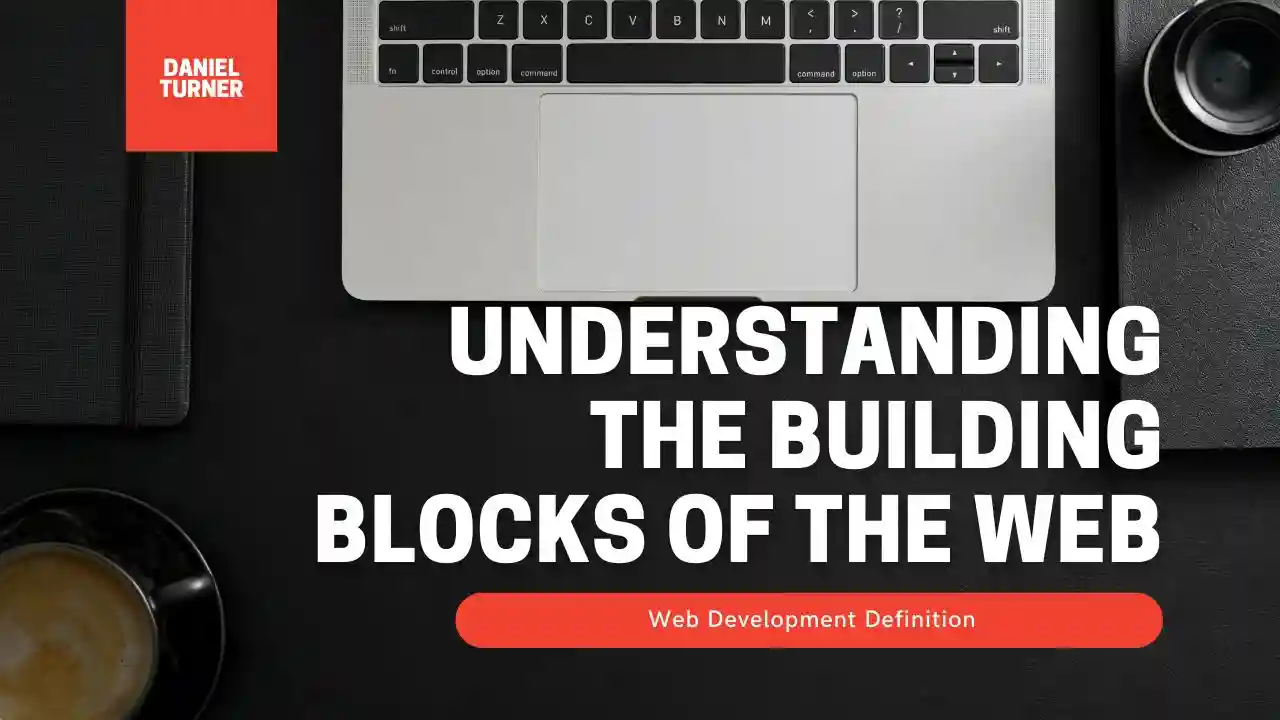IT Certification Roadmaps: Navigate Your Path to Success
Aug 05, 2024 - IT Certifications

In today's digital world, almost everything we do is connected to the web in one way or another. From browsing social media to shopping online, websites are an integral part of our daily lives. But what exactly goes into creating these digital experiences? In this article, we explore the web development definition, breaking down the essential components, processes, and roles involved in building websites from the ground up.
Whether you're just starting your journey into web development or looking to deepen your understanding, this comprehensive guide will provide valuable insights into the world of website creation.
At its core, web development refers to the process of creating and maintaining websites. It encompasses everything from coding and programming to design and user experience. The goal of web development is to build functional, accessible, and visually appealing websites that serve a purpose, whether it's providing information, selling products, or delivering services.
Web development can be broken down into three main categories:
Front-End Development: This focuses on what users interact with directly—the design, layout, and user experience (UX) of a website. Front-end developers work with languages like HTML, CSS, and JavaScript to create a visually appealing and responsive user interface.
Back-End Development: The back-end involves the server side of web development. This is where the "behind-the-scenes" work happens, including databases, server management, and the code that powers the functionality of the website. Back-end developers use programming languages like Python, Ruby, PHP, and databases like MySQL.
Full-Stack Development: A full-stack developer handles both front-end and back-end development, possessing the skills to build an entire website from scratch.
The front-end is the visual side of web development, often referred to as "client-side" development. It's all about how a website looks and feels to the user. Front-end developers focus on ensuring that a website is easy to navigate, visually pleasing, and responsive across different devices.
HTML (Hypertext Markup Language): The backbone of any website, HTML defines the structure and layout of web pages.
CSS (Cascading Style Sheets): CSS controls the design elements, such as colors, fonts, and spacing, ensuring that the website looks visually appealing.
JavaScript: This adds interactivity to websites, allowing elements to change dynamically without needing to reload the entire page. JavaScript enables features like sliders, drop-down menus, and form validation.
Front-end developers work closely with web designers to translate design mockups into fully functional websites. Their focus is not only on aesthetics but also on creating a seamless user experience.
While the front-end is what users see, the back-end is what makes everything work. The back-end involves handling data, managing user requests, and ensuring that the website functions smoothly.
Server: The server is responsible for managing requests from the browser and sending the appropriate responses. When you click on a link or submit a form, the server processes that action.
Database: Websites often rely on databases to store information like user accounts, content, and product details. Databases allow developers to efficiently retrieve and manage this data.
API (Application Programming Interface): APIs allow different software systems to communicate with each other. In web development, APIs are used to connect the front-end to the back-end, making the website dynamic and interactive.
Back-end developers are tasked with ensuring that all these components work together efficiently. They write code in programming languages like Python, Ruby, and PHP and work with databases like MySQL and PostgreSQL.
A full-stack developer is someone proficient in both front-end and back-end development. These developers can handle all aspects of a website's creation, from designing the user interface to writing the server-side code that powers it.
Full-stack developers are highly sought after because of their versatility and ability to oversee an entire project. They understand how the front-end interacts with the back-end and can troubleshoot issues across both domains.
Versatility: Full-stack developers can work on a variety of projects, making them valuable to companies looking for well-rounded web development professionals.
Project Ownership: Full-stack developers often take on leadership roles in web development projects, as they have the skills to oversee all stages of development.
Job Opportunities: With the increasing demand for web applications, full-stack developers are in high demand across industries.
In the digital age, a website is a business's most critical asset. Without a strong web presence, companies struggle to attract and engage customers. Well-developed websites are essential for providing information, driving sales, and establishing brand credibility.
User Engagement: A well-designed website keeps users engaged and encourages them to explore more content or make purchases.
Search Engine Optimization (SEO): Well-structured websites are easier for search engines like Google to crawl and index, which can improve a site's visibility in search results.
Mobile Responsiveness: With more users accessing websites via smartphones, responsive web design ensures that sites look great on any device.
Web development is a dynamic field that plays a vital role in shaping the internet as we know it. Whether you're working on the front-end or back-end, or you're a full-stack developer handling it all, understanding the web development process is essential to creating powerful, functional websites.
As technology continues to evolve, web development will remain at the forefront of digital innovation. If you're considering a career in web development or looking to improve your skills, there's no better time to start than now.
For a deeper dive into the fundamentals, check out our article on Cybersecurity Best Practices to ensure your websites are secure as they are functional.
Copyright © 2025 ByteTechBlog By infyable.com. All Right Reserved.